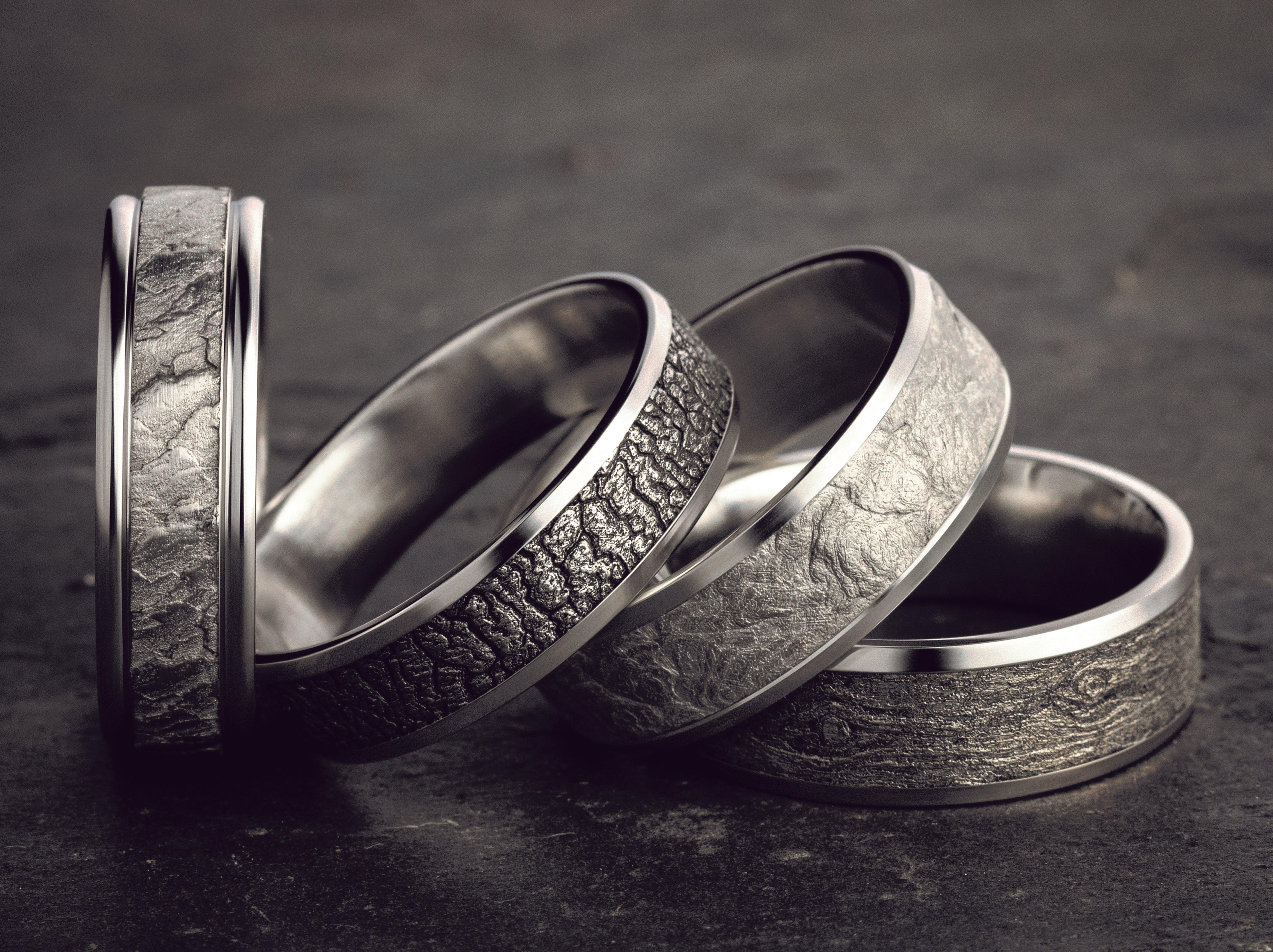In the world of diamonds, the cut quality is among the most crucial aspects influencing beauty and value. When comparing diamonds with a “Good” cut to those with a “Very Good” cut, there are notable differences in sparkle, symmetry, and overall visual appeal. This difference applies to both natural and lab-grown diamonds. Lab diamonds, created under controlled conditions to mimic the properties of diamond cut good vs very good, are gaining popularity for their ethical and sustainable qualities, but the same grading standards apply. Understanding these standards will help you make a more informed choice when selecting the perfect diamond.
Understanding Diamond Cut Grades
The cut grade of a diamond significantly affects its brilliance, which is how well it reflects light. Cut quality is determined based on three major factors:
- Proportion: Refers to how well the diamond’s facets are cut and aligned.
- Symmetry: Measures how evenly the diamond’s facets align and reflect light.
- Polish: Refers to the smoothness of the diamond’s surface.
When a diamond is cut with optimal angles and proportions, it reflects more light, giving it more sparkle and visual appeal. The cut grade scale is set by the Gemological Institute of America (GIA) and ranges from Poor to Excellent, with “Good” and “Very Good” as two mid-tier levels. Lab diamonds are graded using the same criteria as mined diamonds, which means their cut grades are equally reliable for comparison.
What is a “Good” Cut Diamond?
A “Good” cut diamond generally means the stone has been cut with reasonable proportions, allowing it to reflect a fair amount of light. These diamonds may have slightly less precision in terms of facet alignment and proportion, leading to reduced sparkle and fire compared to higher-grade cuts. Good cut diamonds are typically less expensive than those with a higher cut quality, making them a popular choice for budget-conscious buyers.
In a lab diamond with a Good cut, you will still find a diamond that reflects light well, but it may not have the intense brilliance associated with higher grades. However, for those who prioritize other aspects such as carat weight or clarity, a Good cut diamond can be an economical choice without compromising too much on visual appeal.
What is a “Very Good” Cut Diamond?
A “Very Good” cut diamond represents a significant step up in quality and brilliance. These diamonds are cut with closer attention to symmetry, proportions, and polish, resulting in a higher level of sparkle and light reflection than Good cut diamonds. The difference between Very Good and Excellent cut grades may not be noticeable to most viewers, but compared to Good cut diamonds, Very Good diamonds show greater fire, brightness, and scintillation.
In lab diamonds, a Very Good cut maintains the high visual standards found in mined diamonds but often comes at a lower cost, making it an attractive choice for those seeking a more refined appearance without paying the premium for an Excellent cut. For those who want a diamond with above-average brilliance without reaching the top end of the budget, Very Good cut lab diamonds offer a compelling middle ground.
Comparing Good and Very Good Cut Lab Diamonds
When choosing between Good and Very Good cut lab diamonds, your priorities, such as budget, style, and desired level of brilliance, should guide your decision. The main differences include:
- Brilliance and Sparkle: Very Good cut diamonds display more brilliance and sparkle than Good cut diamonds. If you want a more luminous diamond that catches the eye, a Very Good cut is preferable. However, a Good cut still offers substantial sparkle, particularly in smaller carat weights where the difference might be less noticeable.
- Price: Good cut diamonds are generally more affordable, which makes them a great option for buyers who want to maximize carat weight without overspending on cut quality. Very Good cuts, being closer to Excellent, come with a slightly higher price tag but offer noticeable improvements in brilliance and overall appearance.
- Durability and Practicality: Both Good and Very Good cut diamonds are durable and practical for everyday wear. The main distinction lies in their light performance, which affects how “alive” the diamond appears in different lighting conditions.
For those considering lab diamonds, both Good and Very Good cuts offer solid options. Lab-grown diamonds with these cuts are identical in chemical and physical properties to mined diamonds and are graded with the same stringent standards, making them an increasingly popular choice for those who value sustainability and affordability.
Why Cut Quality Matters for Lab Diamonds
Lab diamonds, though generally less expensive than mined diamonds, still exhibit the same properties, including brilliance, fire, and durability. Therefore, selecting an appropriate cut quality can enhance the overall appearance of your lab diamond. A diamond with a higher cut grade, like Very Good, will often appear more dazzling and refined, even in various lighting conditions. Given that lab diamonds are already more budget-friendly, opting for a higher cut quality often represents excellent value, allowing buyers to experience the most appealing aspects of diamond aesthetics without breaking the bank.
Making the Final Decision: Good vs. Very Good Cut
When selecting between Good and Very Good cut lab diamonds, it’s essential to balance your personal preferences with practical considerations. If maximizing size or staying within a strict budget is most important, a Good cut can offer an appealing and affordable choice without sacrificing too much in terms of appearance. On the other hand, if brilliance and visual impact are priorities, a Very Good cut provides enhanced sparkle and light performance that will stand out in various settings.
Lab diamonds graded as Very Good cut represent an excellent choice for those seeking a high-quality stone with brilliance akin to mined diamonds, all while benefiting from the ethical and environmental advantages of lab-grown stones. Both Good and Very Good cut lab diamonds have their own merits, and by understanding their differences, you can make a more confident and informed decision to suit your individual style and budget.




